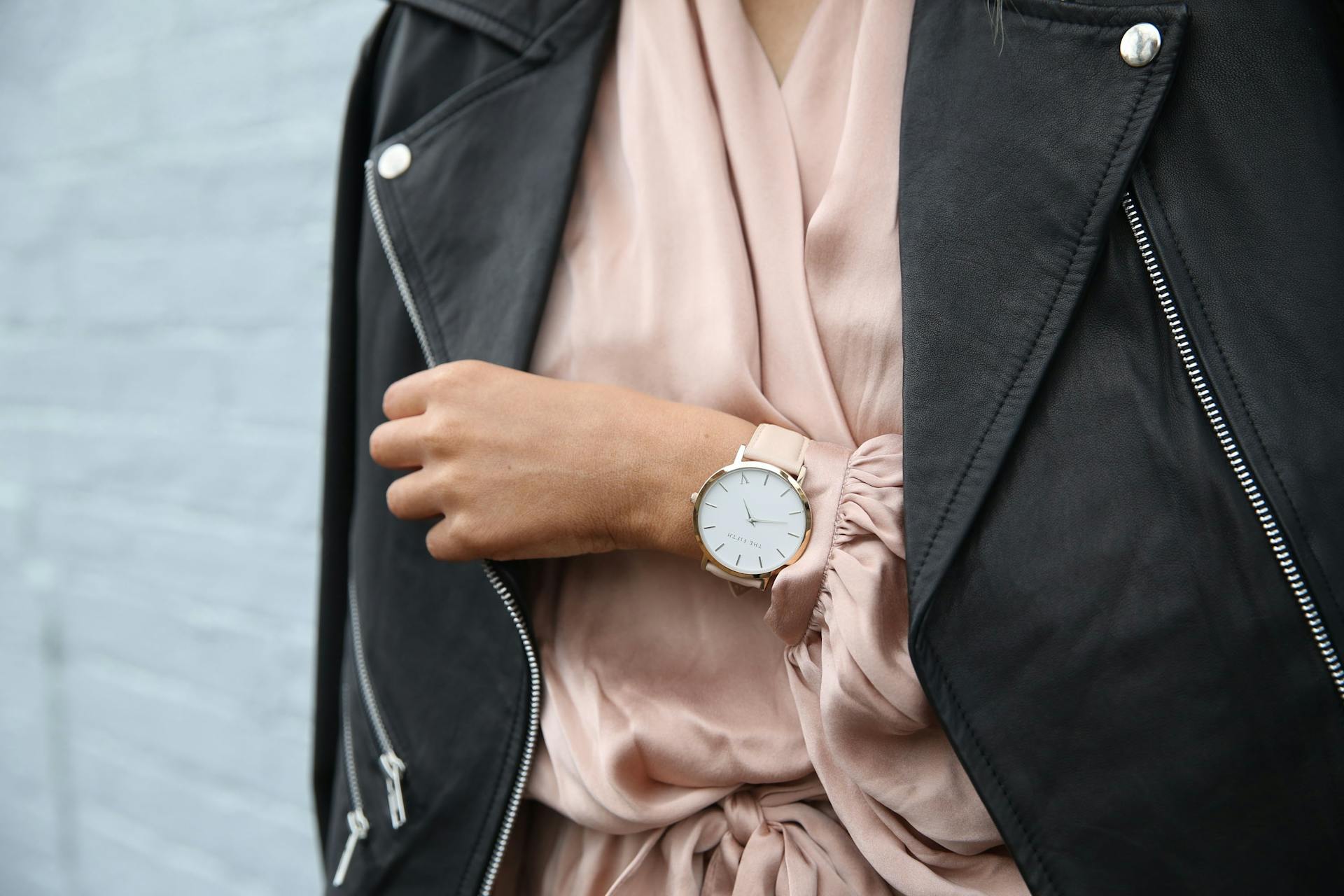
When selecting a watch, understanding the differences between men’s and women’s watches can guide you in choosing the right piece that not only fits your wrist but also your style. While the boundary between men’s and women’s watches is becoming more fluid, there are still key differences to consider regarding style, size, and current trends. Here’s what you need to know.
1. Style
Men’s Watches
Men’s watches traditionally feature a more robust and straightforward design. They often come with larger faces and more conservative color schemes, focusing on functionality and durability. Classic styles include diver’s watches, chronographs, and pilot watches, which often incorporate technical complications like tachymeters, multiple time zones, and water-resistance features.
Women’s Watches
Women’s watches often prioritize elegance and detail over sheer functionality. They may include decorative elements such as gemstones, intricate patterns, and unique color combinations. Styles range from sophisticated and sleek to ornate and glamorous, with popular types including jewelry watches and fashion watches that make bold style statements.
2. Size
Men’s Watches
The size of men’s watches typically ranges from 38mm to 46mm in diameter, with some sports or tactical watches exceeding this range. Larger watches are a trend in men’s fashion, symbolizing strength and presence on the wrist.
Women’s Watches
Women’s watches are generally smaller, with diameters ranging from 24mm to 34mm. This size range complements a more delicate wrist and aligns with traditional jewelry proportions. However, the trend for wearing larger watches has been adopted by many women, blending the line between men’s and women’s styles.
3. Trends
Men’s Watches
Recent trends in men’s watches include the use of innovative materials like titanium and ceramic, which offer durability without the heft. There’s also a resurgence in vintage-inspired designs, paying homage to classic eras of watchmaking. Smartwatches have also become popular among men, offering connectivity and a plethora of functions.
Women’s Watches
For women, the integration of technology with traditional watch design is trending, with smartwatches being designed to look more like conventional jewelry. Colorful faces and straps, and the use of sustainable materials, are current trends in women’s watches. There’s also a noticeable increase in women choosing mechanical watches, traditionally a domain dominated by men.
Conclusion
Choosing between a men’s watch and a women’s watch often comes down to personal preference in style, size, and functionality. With evolving fashion trends and the blending of designs, the lines are increasingly blurred. Whether you prefer a watch that makes a bold statement or one that fits seamlessly with your everyday style, the most important factor is how it makes you feel and fits with your personal style.




